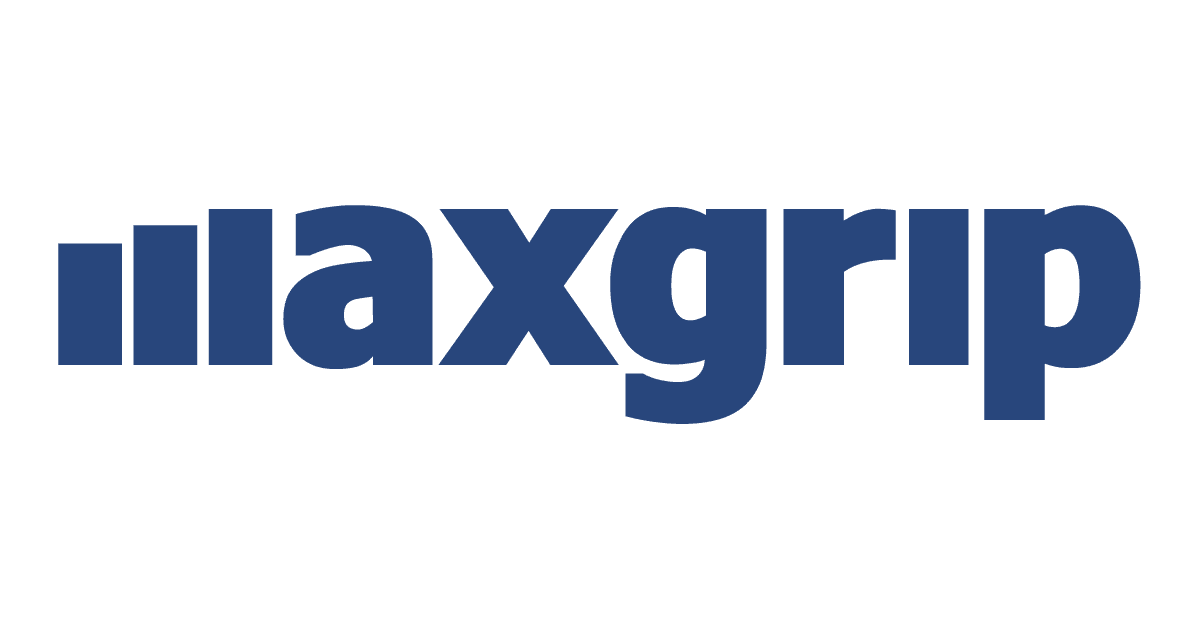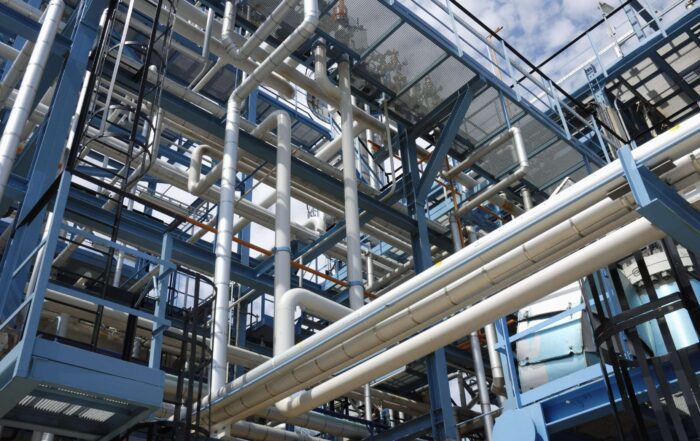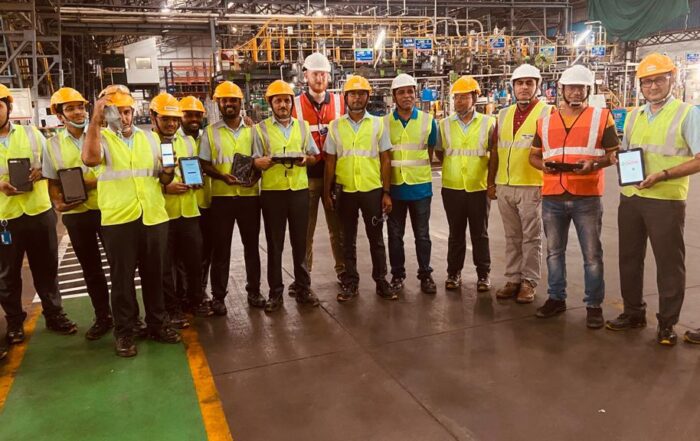This is a translation of the Dutch interview which was previously published in Vakblad Asset Management (NVDO) in July 2023.
At AVR Duiven, sustainability and environmental friendliness are top priorities. The company continuously invests in new technologies and processes to make waste processing even more efficient. Not surprisingly, the maintenance department is performance-oriented and has a real go-getter mentality. One of the projects in which this is well reflected is the recent improvement project carried out in the EAM system. Remco Rutgers, Manager Maintenance and Engineering, talks about the project and how this has improved cooperation in various ways.
EAM System
Rutgers is satisfied with his Enterprise Asset Management system, IFS Ultimo. “We have had this system since 2019 and when we took a look under the hood, we saw that there was a lot more to be gained from it. In other words, through process improvements, I was convinced that we could take big improvement steps.” Together with MaxGrip, Rutgers went to work on that. The focus was placed on optimizing the planned line stop. In practice, this meant improving the preventive maintenance strategy, including improving PO models. This has been translated to the maintenance system. Rutgers: “The data quality has improved a lot, the processes are better aligned with the strategy and everything is easily measurable. The advanced level of standardization provides us with a lot of benefits, which makes sense because improvement starts with standardization. In other words, the system is better designed and aligned so that we can achieve the desired results.”
Collaboration with contractors
In conversation with MaxGrip consultant Hugo van der Burgh, Rutgers quickly comes to a key area for improvement: collaboration with suppliers. From construction companies to scaffold builders and insulation experts, AVR Duiven works with many different contractors on a daily basis. “We are committed to long-term partnerships where we expect contractors to be sparring partners who make improvement suggestions.” The balance in the relationship with those suppliers improved thanks to standardization in the EAM system. Rutgers explains: “Because we had been working with parties for many years, a lot of knowledge was not secured internally. That sometimes felt like a ‘black box’; let me emphasize that we certainly didn’t want to get rid of our suppliers, we just needed more direction to reduce risks.” Work packages were standardized with expected lead time, activities, costs, a Project Initiation Document (PID), materials and more. Execution, in the agreed upon manner, is also tracked. “This new way of working took some getting used to, but it’s paying off. We are much less dependent on external parties; so knowledge is secured in our organization instead of externally. Cooperation is also better because it is clearer what to expect from each other,” Rutgers adds.
Operations and Maintenance
Within AVR Duiven, the new way of working also connects the Operations and Maintenance departments. “We notice that it brings the disciplines more in line. We have more and better insight into the performance and utilization of the installation plus the costs involved. As a result, we make well-founded choices together as departments. For example, with regard to the stops; how can we optimize them, such as the length of the stops and the intervals. In addition, what is technically necessary, what does technical failure cost and what risks in terms of availability does that entail? We can make these considerations in advance instead of analyzing afterwards where things could have been done differently. I think that’s a big win,” Rutgers explains.
Management
IFS Ultimo is now also set up in such a way that budgeting and reporting are possible. This offers senior management more insight and overview of the plans and the maintenance budget. Rutgers: “Previously there were two worlds: what was in the maintenance system and the budgets in spreadsheets. So we needed constant alignment of the two to get it approved. Now we know what the maintenance program is, the plans and the costs associated with it. We can translate this into a budget with a few actions in IFS Ultimo. That helps the conversation with management tremendously.”
Rhythm and next steps
During the conversation, Rutgers emphasizes several times that the first steps have been taken, but that there are still many to come. Van der Burgh of MaxGrip adds, “We have brought structure to the organization with this. That is an important step in the right direction. They work better and have more insight. The next step is to learn to manage that.” Rutgers nods in agreement. “The foundation is there, but we’re going to keep going. This could be a blueprint for all AVR sites. It ensures better performance, we are transparent and comply with laws and regulations. Moreover, the work also becomes more enjoyable because the repetitive tasks are standardized and therefore require less attention. So there is more time for other line-stop topics that are also important.”
Embedding for the long haul
At this moment, the pilot has been completed with success and the project approach and maintenance strategy was formally approved by TenneT management. This means that the project is going into the next stage in which they are going to pick up a new batch of asset types for the transformation. Ernstjan Meinen, senior consultant at MaxGrip and project leader for TenneT, explains how the next stage is different from before: “We took the lead in the beginning, but we are doing that less and less. From now on, we are in a supporting role in which we can coach and assist where they need help. If it is necessary, we can cover for them but I trust that TenneT is going to manage the next stage successfully on their own.” Slangen adds to this: ”Yes, I believe that the ownership within TenneT won’t be a problem. A lot of people are enthusiastic about the steps that we are taking and they would like to contribute as well.” This internal adoption is very important. Schuring: ”We decide on the policy, but it also has to be executed by our people and by the service providers that have to work with it. All the organizations, domains and departments together can achieve a really strong result.”
Ready for the future
Schuring ends with a visionary statement: “This change project is not an end destination but a starting point. Just looking at the asset types of the pilot, we already have a projected annual cost saving of more than one million euros. We work well together across the whole board and knowledge and skills improve quickly. Moreover, it is an important step in the further digitalization of asset management at TenneT. We are creating a good foundation with this project for steps such as the implementation of predictive maintenance. In short, it prepares us for the future.”
Get inspired
Discussion of the benefits of RCA including best practices.
MaxGrip senior consultant Niek Dillerop presented a client case during the IFS Ultimo Software Solutions conference.
Download our whitepaper to learn the key insights for implementing a successful preventive maintenance program.




